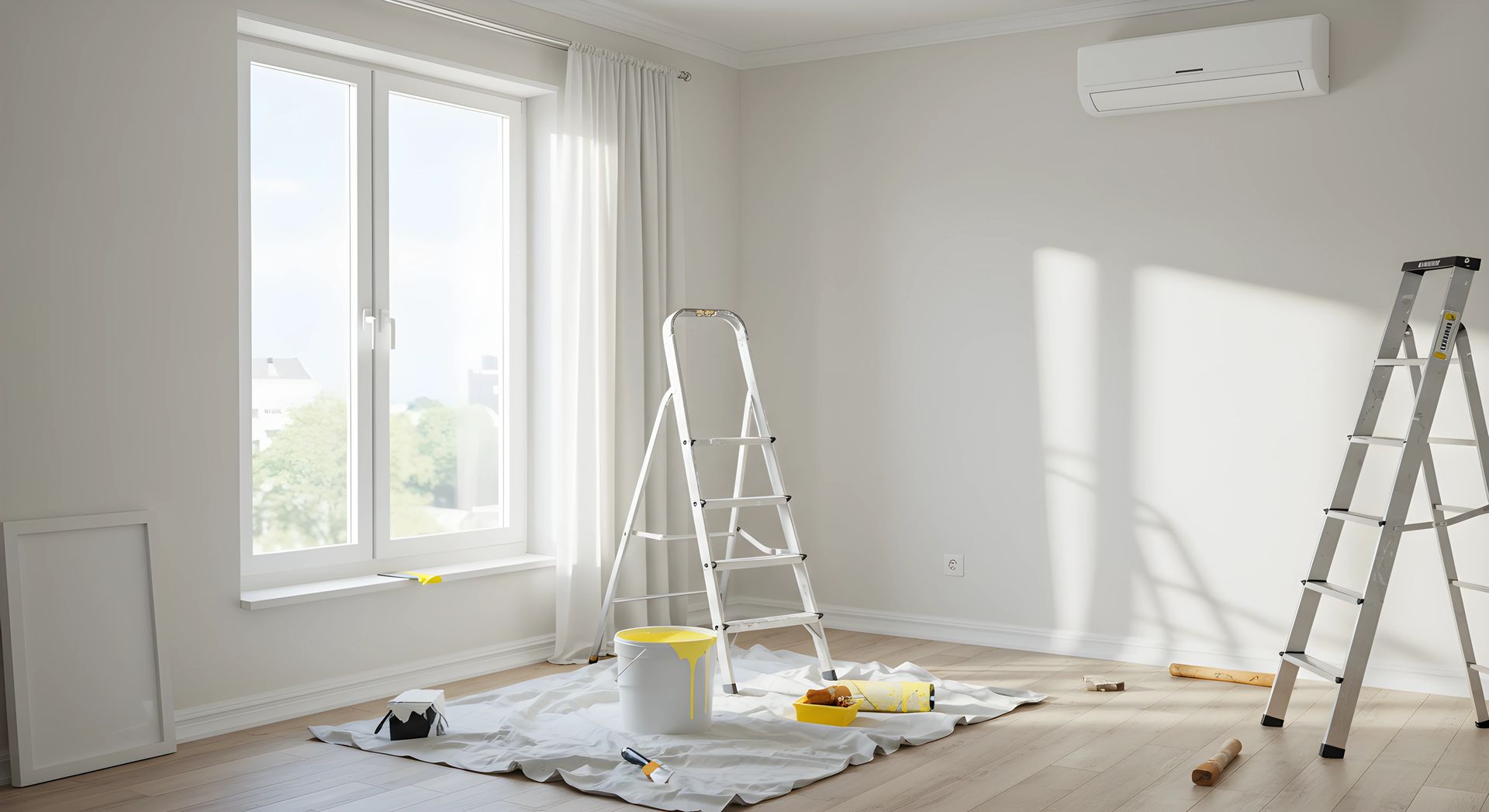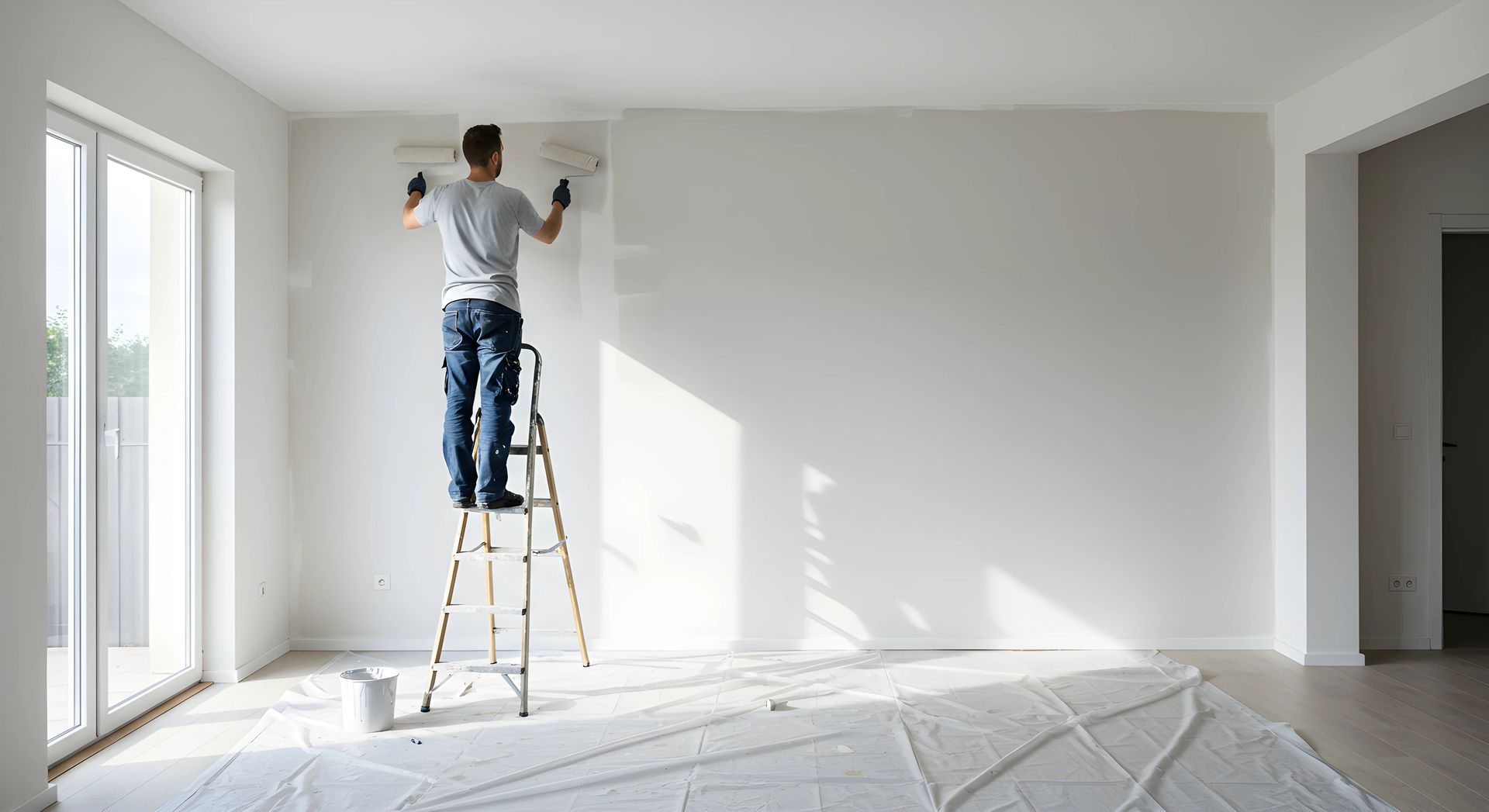How Much Does it Cost to Paint the Exterior of a House?
Painting the exterior of your house is a significant project that can greatly improve its curb appeal and protect it from the elements. One of the most common questions homeowners have is, "How much will it cost?" The cost of painting the exterior of a house can vary widely depending on several factors. In this article, we'll discuss the costs associated with painting your home's exterior and provide tips on how to save money on your painting project.
Factors Influencing the Cost of Exterior House Painting
Size of the House: The size of your house is a major factor in determining the cost of painting. Larger houses require more paint and labor, which can increase the overall cost.
Condition of the Surface: The condition of the surface to be painted also affects the cost. Surfaces that are in poor condition, such as those with peeling or cracking paint, will require more preparation work, leading to higher costs.
Type of Paint: The quality of the paint you choose will affect the cost. Higher-quality paints tend to cost more but offer better coverage and durability.
Number of Stories: The number of stories your house has will impact the cost of painting. Multi-story houses require additional equipment, such as ladders or scaffolding, which can increase the overall cost.
Accessibility: The accessibility of your house can also affect the cost. Houses that are difficult to access, such as those with steep roofs or landscaping obstacles, may require more time and effort, leading to higher costs.
Preparation Work: Preparation work, such as cleaning the surface, repairing damage, and priming, is necessary before painting and can add to the cost.
Labor Costs: Labor costs can vary depending on the region and the experience of the painters.
Average Cost of Exterior House Painting
The average cost of painting the exterior of a house ranges from $1,800 to $4,000. However, this is just an estimate, and the actual cost can vary based on the factors mentioned above.
Tips for Saving Money on Exterior House Painting
Do Some of the Work Yourself: You can save money by doing some of the preparation work yourself, such as cleaning the surface or removing old paint.
Choose the Right Paint: While higher-quality paint may cost more upfront, it can save you money in the long run by lasting longer and requiring fewer coats.
Get Multiple Quotes: It's a good idea to get quotes from several painting contractors to ensure you're getting a fair price.
Schedule Off-Season: Painting contractors may offer lower rates during the off-season when demand is lower.
Maintain Your Paint Job: Regular maintenance, such as cleaning and touch-ups, can help extend the life of your paint job and save you money in the long run.
Painting the exterior of your house is a significant investment, but it can greatly enhance your home's appearance and protect it from the elements. By understanding the factors that affect the cost of exterior house painting and following these tips, you can ensure you get the best value for your money. If you're considering painting your home's exterior, contact us at Hometown Wellington House Painting
for a free estimate.



